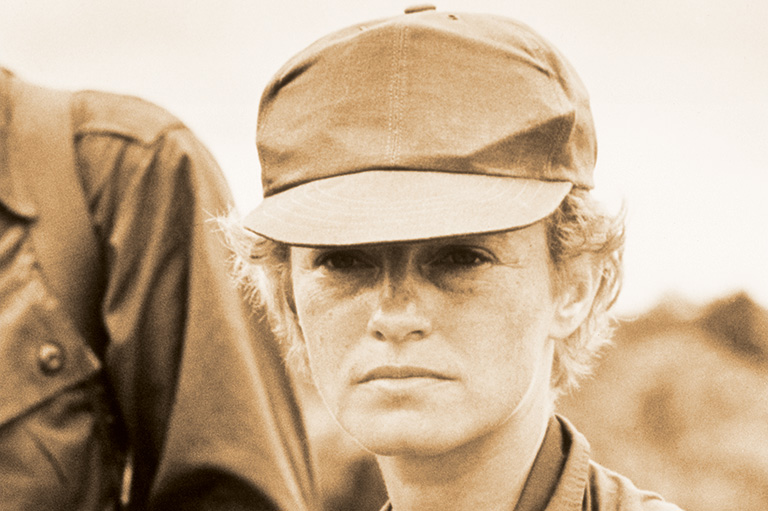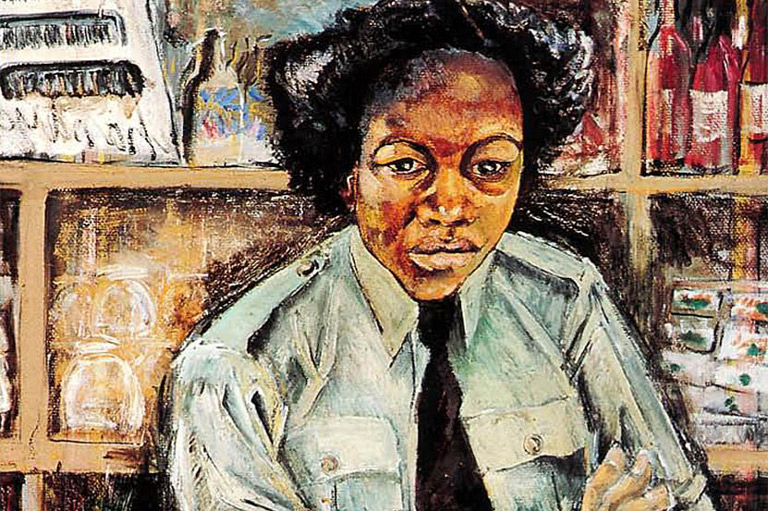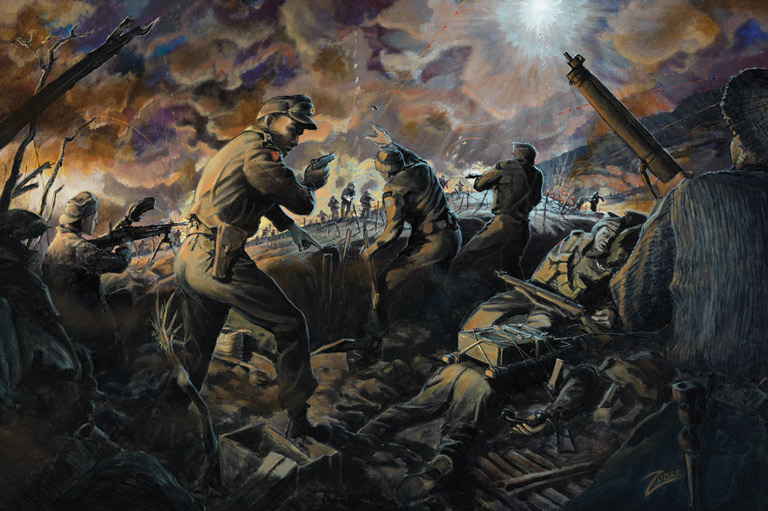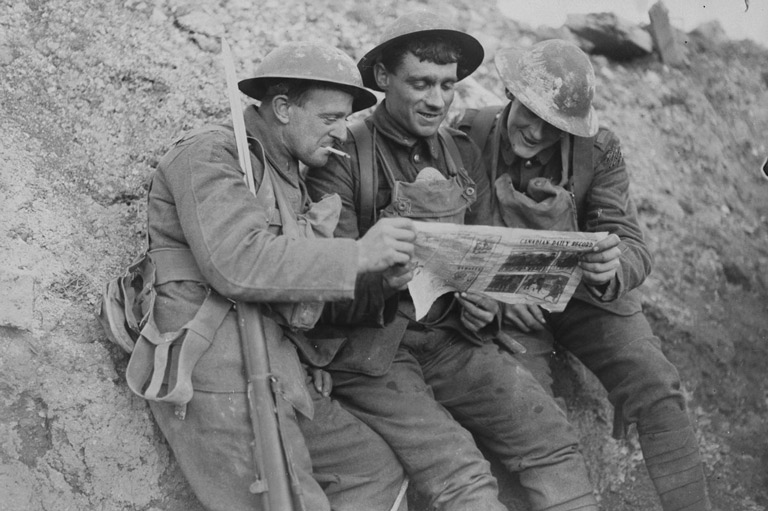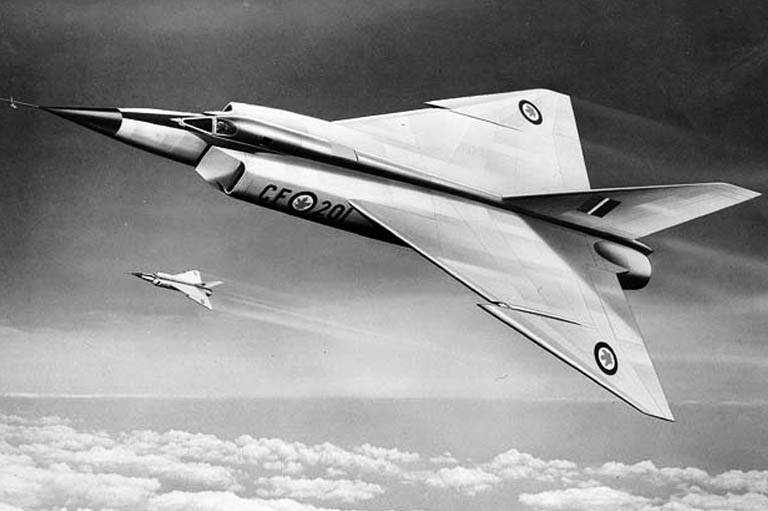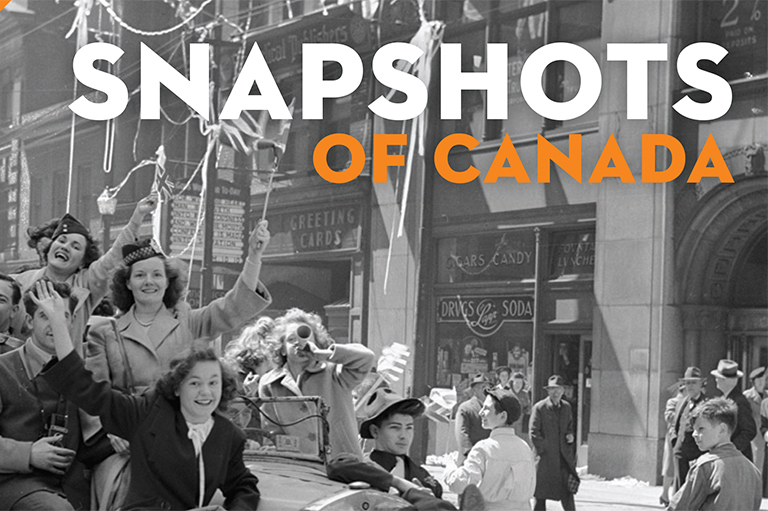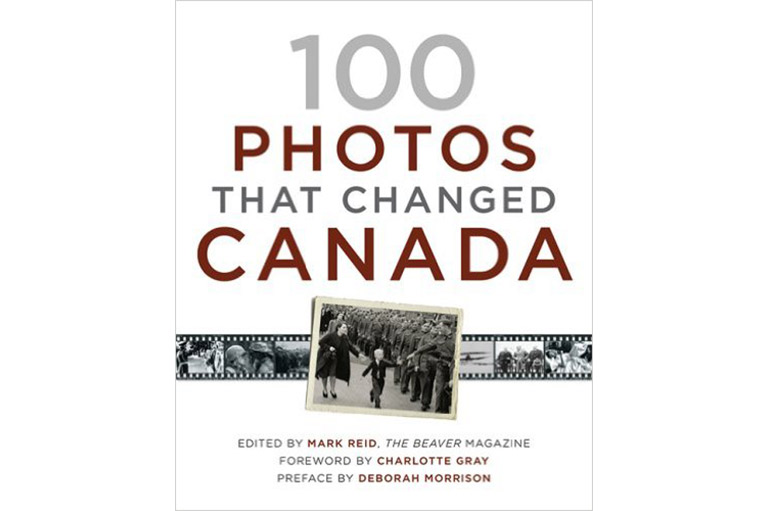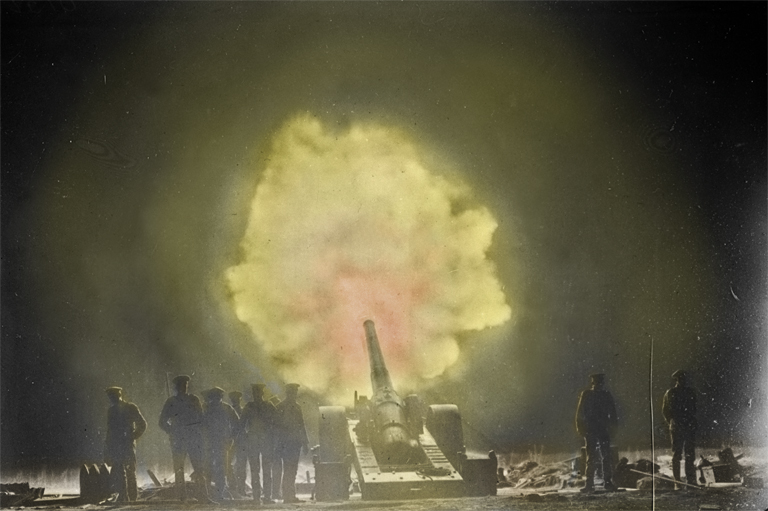Scooping the War
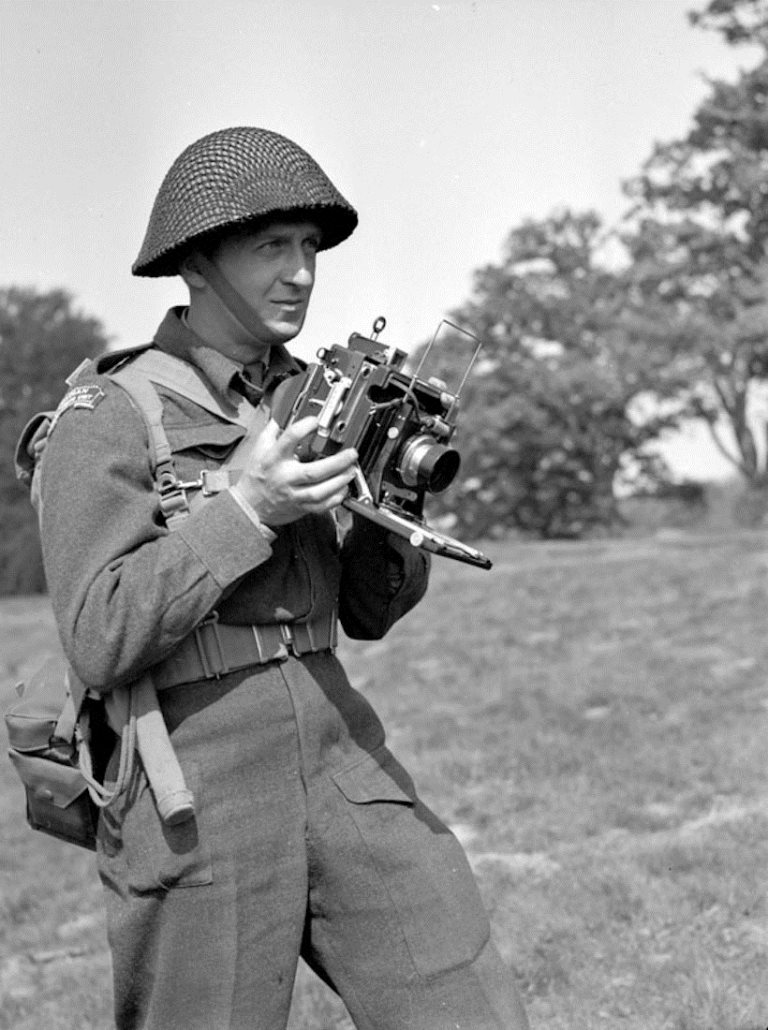
“We scooped everybody!” wrote Lieutenant Jack McDougall, head of the Canadian Army Film Unit (CAFU), to the Canadian cameramen in Sicily in July 1943.
McDougall’s exultant declaration celebrated a remarkable moment in film coverage of the Second World War — dramatic footage of Canadian troops landing on the beaches of Sicily.
The CAFU filmed and photographed the Canadian army during the war, documenting day-to-day activities and battles to create a visual record. These films and photographs eventually numbered some 1.5-million feet of footage and over sixty thousand still photos.
They matter a lot to us today, as they are used in countless books, documentaries, and other cultural products. But at the time, what propelled the unit was more immediate — getting newsworthy photos and films of the Canadian Army back to the newspapers and newsreels as quickly as possible.
What drove the cameramen was getting the scoop.
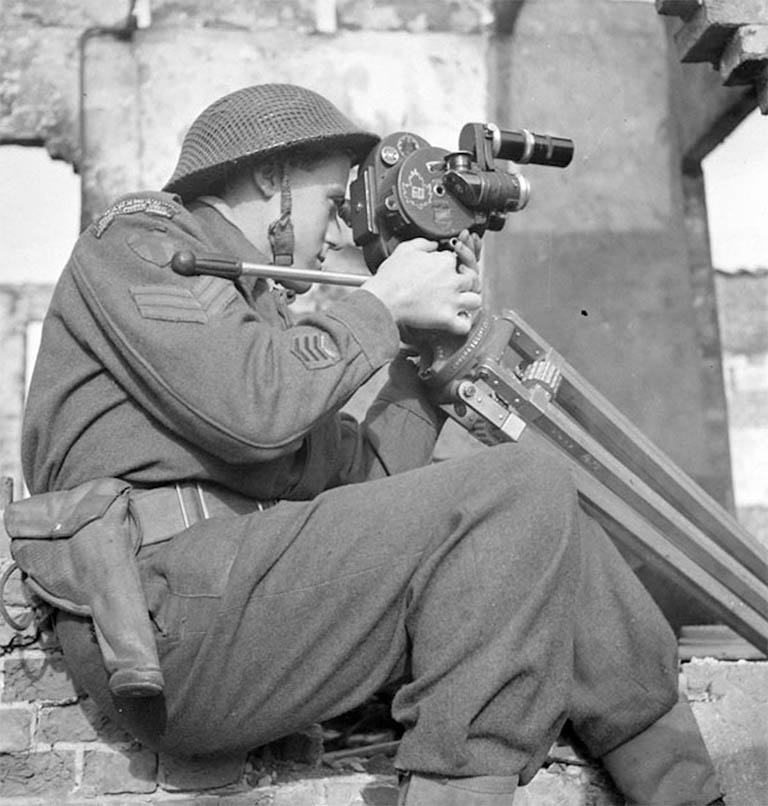
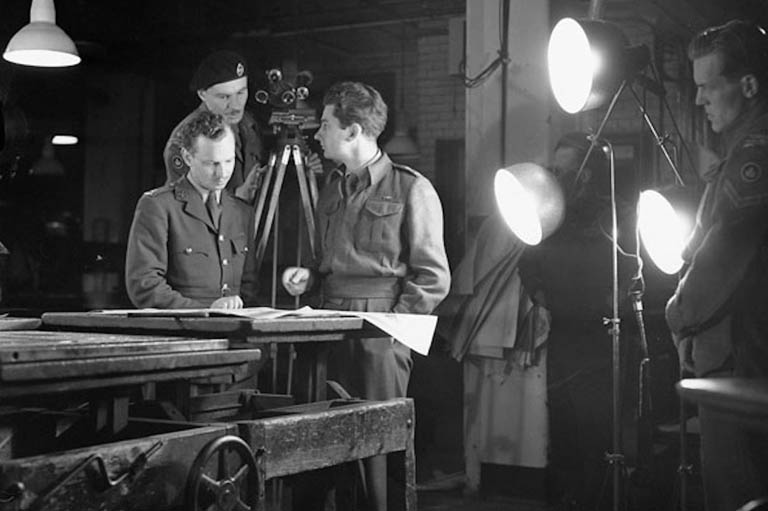
During the course of the war, the Canadians scored a remarkable number of world firsts. Using innovative techniques and a renegade approach to filming in battle, the unit was able to record some of the most iconic and newsworthy footage and photographs of the war.
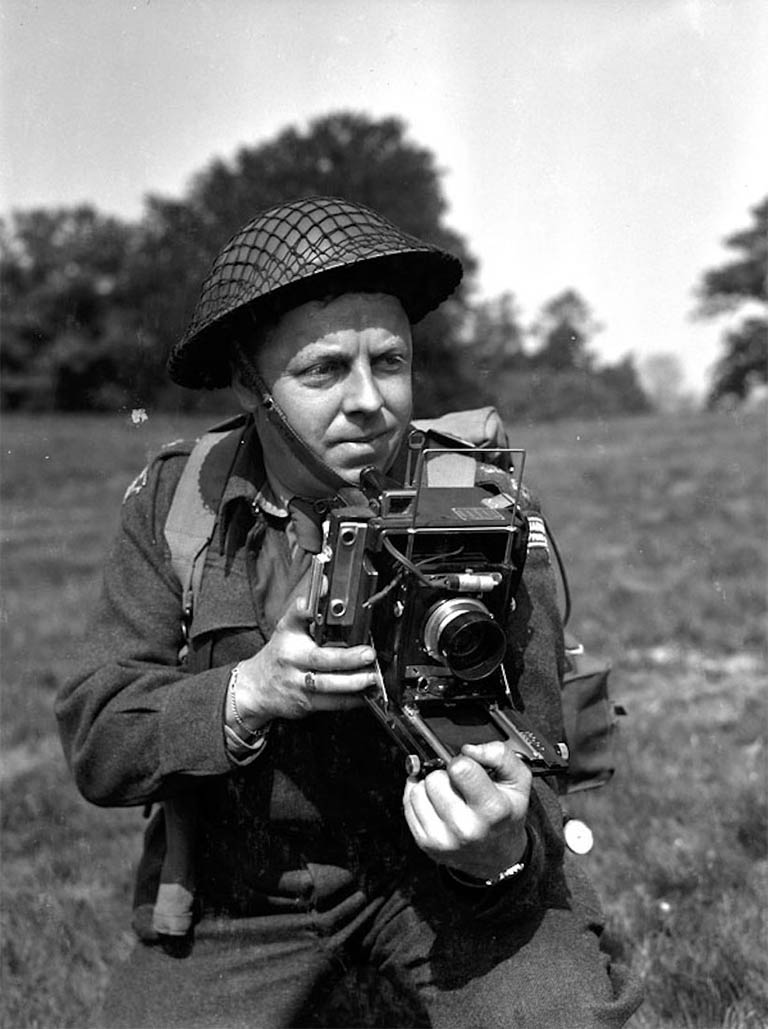
There were few moving images recorded of the Canadian army during the early years of the war. The Canadian Military Headquarters (CMHQ) had other things to worry about, but a public relations photography section was formed in London in January 1940 and it had the joint responsibility of recording the army with moving and still images.
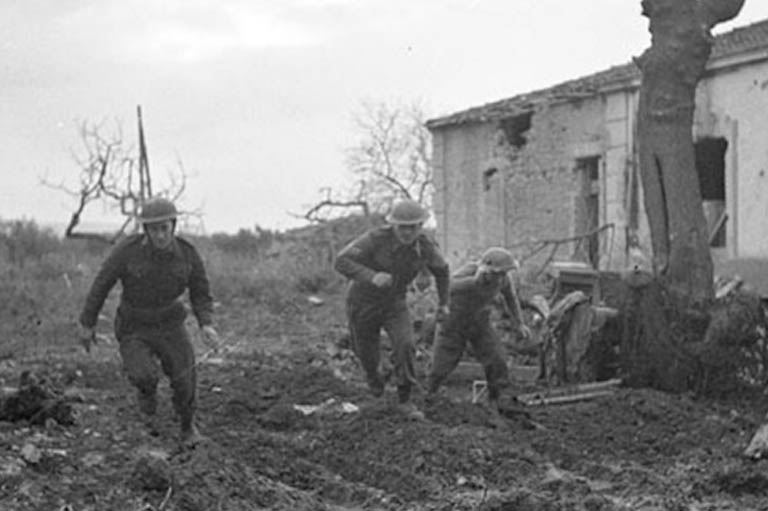
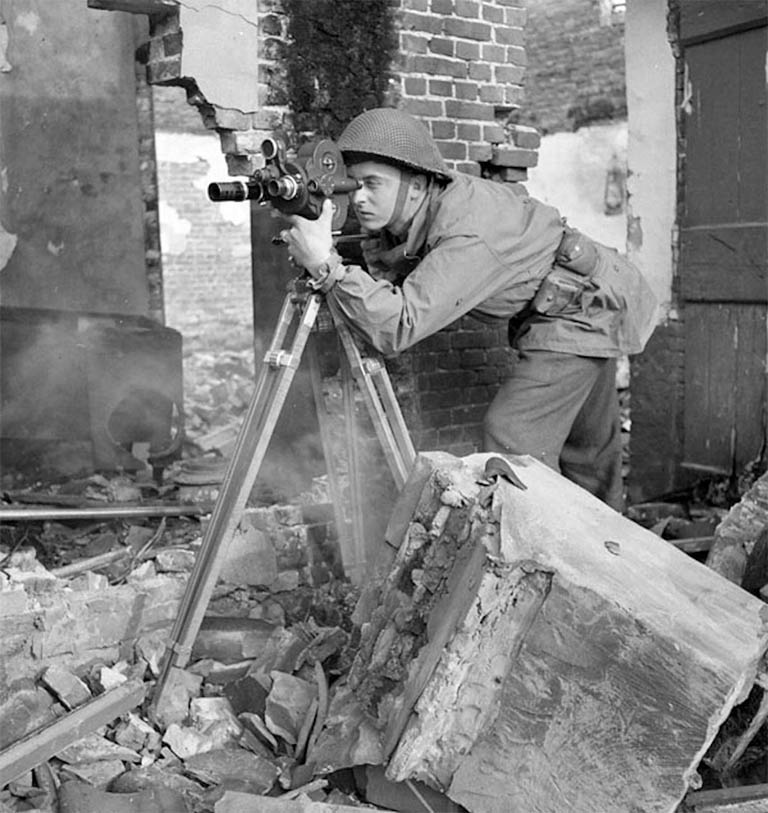
In October 1941, this mandate was expanded with the establishment of the CAFU. Starting with just four members, the cameramen in the group were trained as soldiers — they shot weapons as well as film. Led by McDougall, formerly of the Associated Screen News — a private Canadian production company — the unit grew as the army expanded, eventually reaching over two hundred members.
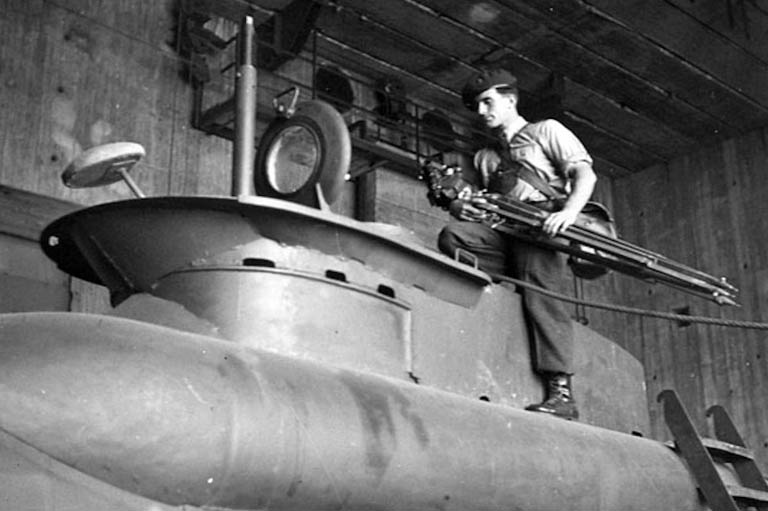
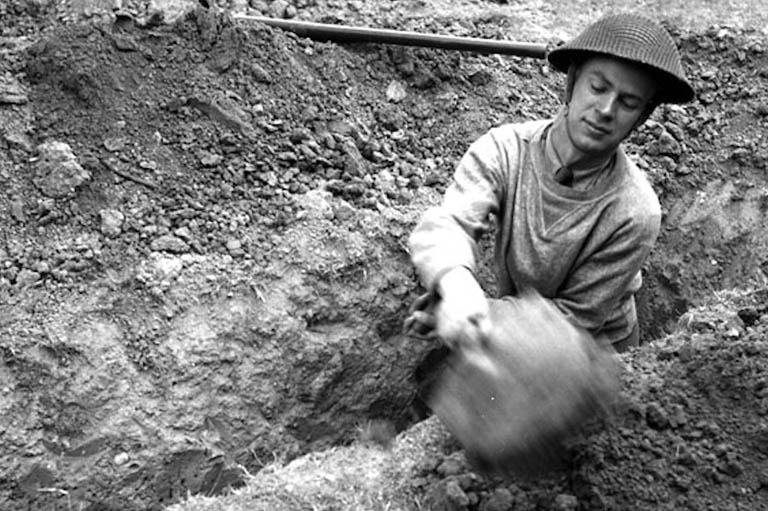
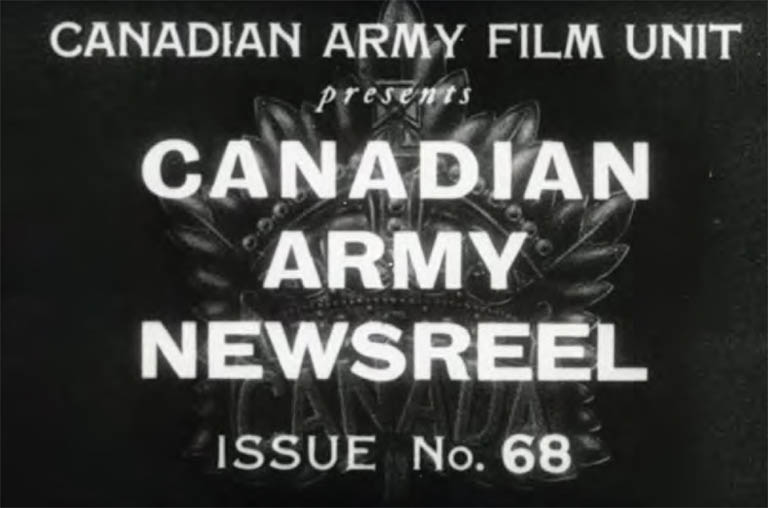
While camera teams crisscrossed England to shoot the army in training, the production work of the film unit was centralized in London. It was here that it processed its raw footage into stories and housed its film library. The unit, which included a few dozen women who worked in the London production office, produced a number of training films, short documentaries, and developed the Canadian Army Newsreel. The latter was shown in cinemas, as television was still in its infancy.
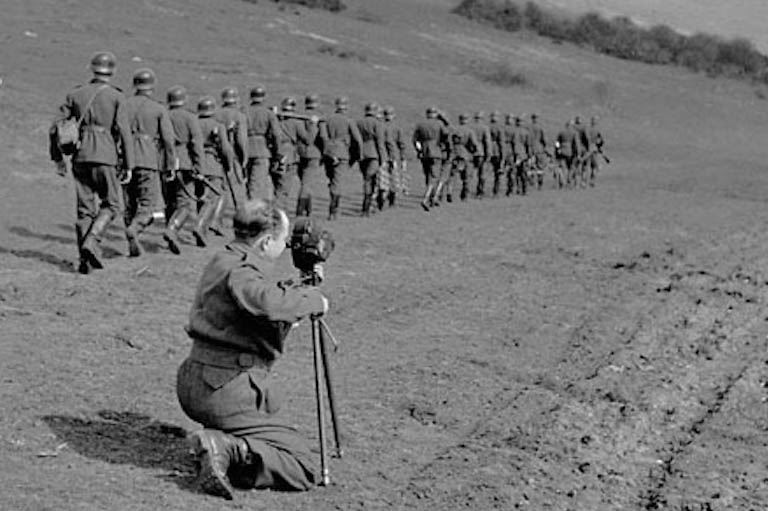
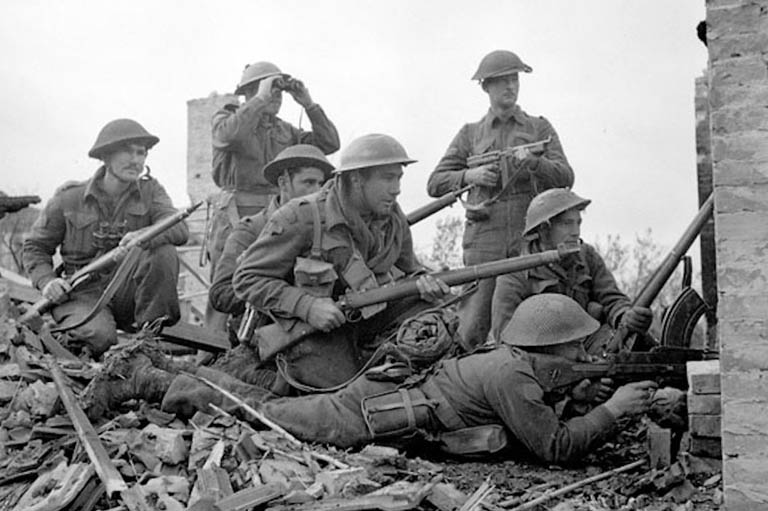
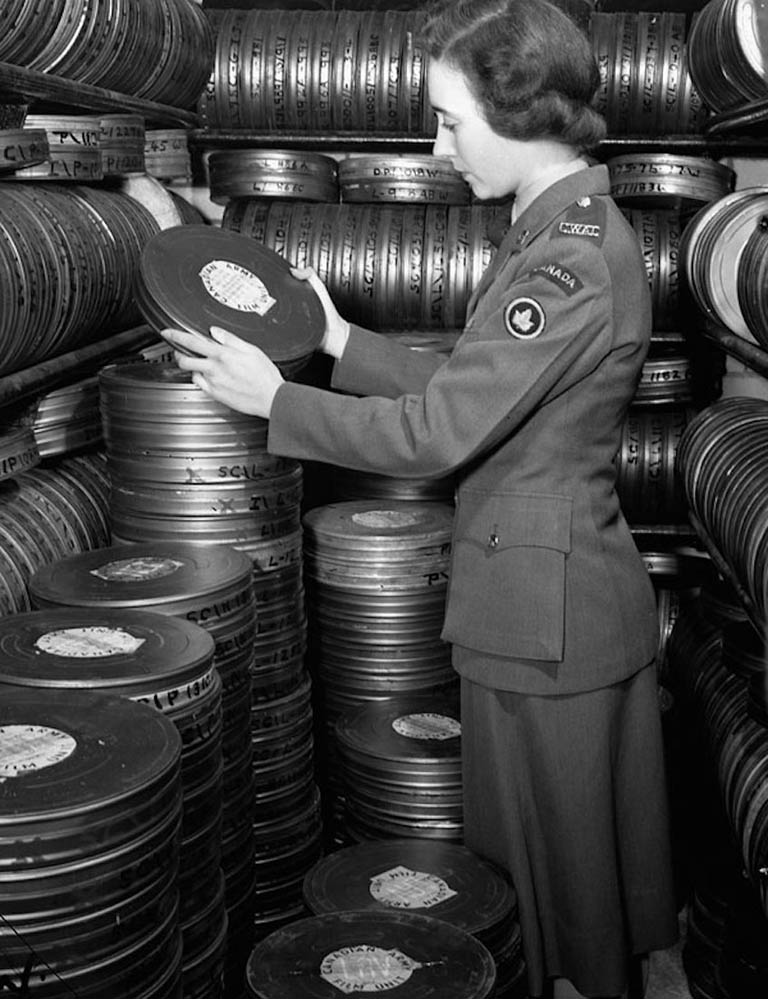
Private Nadie Manning of the Canadian Army Film and Photo Unit in a film vault at Merton Film Studios, London, England, 19 December 1944.
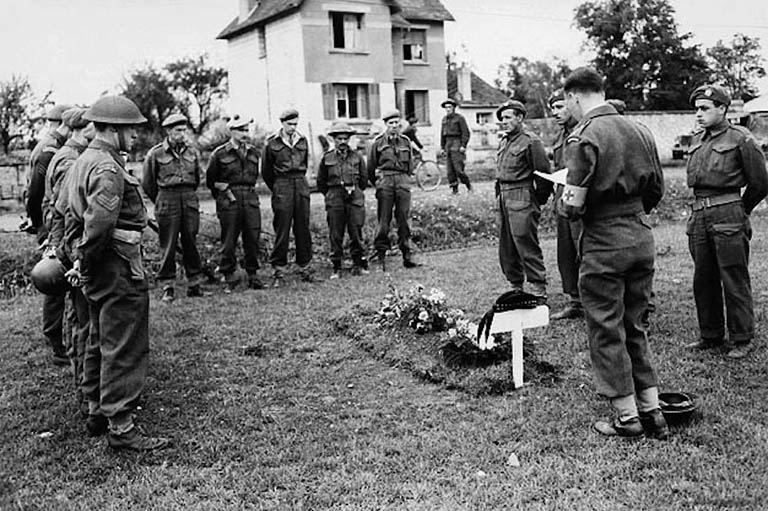
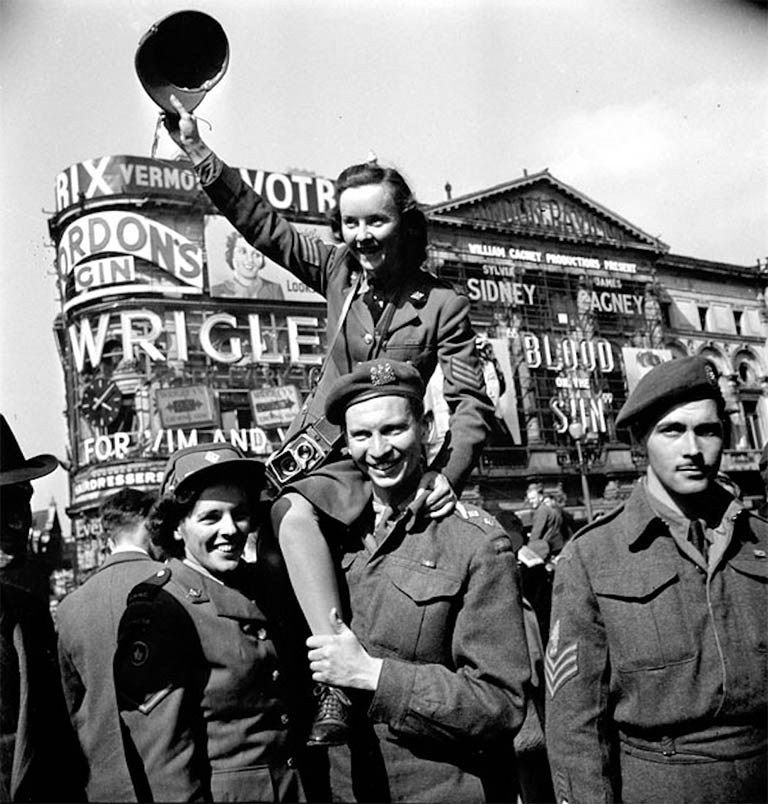
Here is a collection of the Canadian Army Newsreel, which was uploaded to YouTube by the War Amps of Canada.
Themes associated with this article
Advertisement
You might also like...

Canada’s History Archive, featuring The Beaver, is now available for your browsing and searching pleasure!

